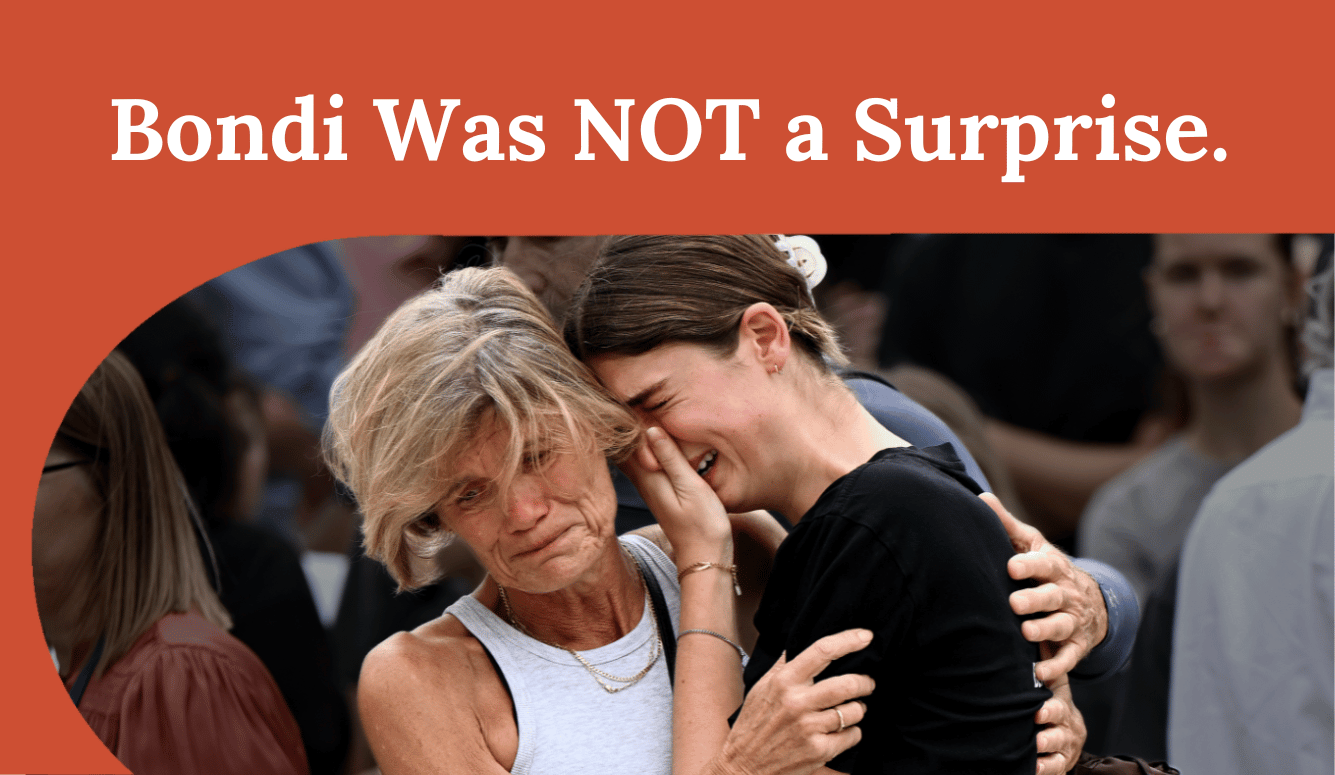Politics
Information Warfare: Why America Needs a Deterrence Strategy
Humankind’s propensity to believe convenient fiction is as old and strong as our propensity for war. The United States needs to adopt a pragmatic deterrence strategy.

Widely believed falsehoods erode the cohesion and resilience of societies and can threaten the national security of the United States and its allies. Unfortunately, as a new administration arrives in Washington, elite opinion on what to do about America’s social-media swamps and general epistemic disorder resembles a national-security debate that includes only warmongers and appeasers. The United States needs to adopt a pragmatic deterrence strategy instead.
The disinformation fighters, who are mainly on the Left, want to continue a frontal assault on the falsehoods of their choice. As warmongers tend to do, they highlight their enemy’s worst behaviours—such as election denial—while ignoring the war’s innocent casualties. If scepticism about climate catastrophes, pandemic lockdowns, and the latest progressive crusades is censored along the way, well, that’s just what happens in a righteous war. This anti-disinformation crowd bemoans the recent shuttering of fact-checking and content-moderation efforts at some social-media platforms and the disappearance of the shadowy “Global Engagement Center” (GEC) at the US Department of State. Yet those one-sided schemes only deepened popular suspicions of platform bias and government censorship, with no offsetting enlightenment.
The free-speech pacifists, meanwhile, who are mainly on the Right, believe that utopia is at hand following a Trump administration Executive Order “ending federal censorship.” As appeasers tend to do, they downplay manifest threats—including virulent conspiracy theories, fabrications about world events, and millions of bespoke realities. They act as though free speech, like peace for a traditional pacifist, comes with no cost. This crowd has welcomed the recent retreat of cancel culture and performative progressivism but ignores the causes of such pathologies. The online silos that gave rise to beliefs in sex selection by children and systemic racism are as alive and well as those that push killer vaccines and a Great Replacement. Fresh lies will continue to emerge, for every taste, and cause more indiscriminate harm.
To some extent, they always have. Humankind’s propensity to believe convenient, blood-stirring fiction is as old and strong as our propensity for war—and these go hand in hand. No cave-dweller fact-checked false claims about the tribe over the hill or defended its free-speech rights, which made it easier to whip up an assault on them. To humanity’s credit, however, when the risks of war finally became existential with the invention of nuclear weapons, we found a way of avoiding catastrophe. It’s called deterrence. Today’s information threats are reaching the nuclear threshold. The rise of artificial intelligence and virtual reality tools alongside social media will vastly increase the pervasiveness and potential impact of false information.
Today’s information threats are reaching the nuclear threshold.
Last year’s experimental rollout of Google’s Gemini AI model offered an almost comical warning of what to expect: pervasive ideological biases on the issues of the moment and the lessons of history alike, with fabricated images tossed in for ostensible diversity. More recently, China’s DeepSeek AI stunned observers with its technical performance but failed truth tests on hundreds of questions just as spectacularly. In a doom loop for truthful information, AI will also supercharge the creation of new “content” by anyone so inclined—accuracy be damned—in the digital substrate that Large Language Models (LLMs) mine for their “answers.” The connection between what we imagine learning on our online wanderings and what is real or true may fray to its breaking point.

Already, truth-seeking institutions such as objective journalism, peer review, and the scientific method are teetering; government is a dysfunctional cacophony; and America hedges its national-security policies to placate hoodwinked domestic mobs. Contrary to the disinformation fighters’ allegations, the behaviours and effects are mirrored between the dominant tribes. The American Left disrupts campuses and imperils support for Israel with fabricated notions of an Israeli genocide. The American Right stokes isolationism and imperils support for Ukraine with fabricated notions of Ukrainian aggression or cultural decadence. And those who still know better in both tribes stay mostly silent.
A war on disinformation or a naïve faith in free speech will not change this situation, but a three-pronged deterrence strategy might. Americans must anticipate the threats, prepare defences, and communicate our limits.
Anticipation of information threats means identifying and tracking narratives as if they were missiles. Narratives are hybrid blends of dogma, unsupported assertions, and half-truths. Some of today’s online narratives disappear quickly while others catch tribal waves that swamp companies, governments, and entire societies. Fortunately, it is getting easier to see the waves coming and to tell the ripples from the tsunamis. Young companies like Cyabra, EdgeTheory, and Pendulum Intelligence aim to provide “narrative intelligence.” These new tools don’t set ideological, national, or partisan boundaries around what they track; a missile is a missile. Such genericisation of narratives could finally replace tribal defensiveness with clinical sobriety—and allow a tracking infrastructure in the US to gain footing and transcend administrations.
Preparing defences on the information front requires education. Rather than fighting endless battles in schools to ban or mandate specific notions, why not equip our young people to defend themselves across the board? The components of such a self-defence curriculum would be straightforward and perhaps even acceptable across the tribes. No child should leave middle school—let alone university—without understanding how to differentiate between emotional appeals and evidence, recognise deception and propaganda, seek reliable information, and challenge and revise conclusions. They will still make many mistakes, as we all do, but educating a generation of sceptics will be at least as good for our wired world’s health as educating a generation of non-smokers fifty years ago was.
Technology may help with defences as well. One such effort—largely funded by investor Frank H. McCourt, Jr.—seeks to establish a new, open-source “Decentralised Social Networking Protocol (DSNP)” that would let users control their data trail and “support a healthier digital ecosystem, where apps are interoperable, data is portable, and platforms must adhere to [individual users’] terms.” More modestly, so-called “middleware” would let users plug an additional tool into their digital platforms, to act as a trusted intermediary that filters information based on clear criteria. Combined with a foundation of healthy scepticism, middleware tuned to accuracy could become highly attractive in the manner of top-drawer career or investment advice. Elsewhere, as Radio Free Europe and Radio Liberty did during the Cold War, narrative-tracking tools and digital platforms tuned to reality could become underground beacons in societies determined to impose falsehoods.
Finally, deterrence only works if everyone understands the red lines. Against today’s barrage of narratives from foreign adversaries, the signals should be clear: stop, or face exposure and a powerful response. Ukraine pioneered “pre-bunking” (easier than debunking) to warn of Russia’s false narratives before the 2022 invasion. Similar efforts should become a feature of every intelligence briefing for American and allied leaders and every diplomatic and military press conference for the rest of us.
Global norms have taken a beating of late, but something like a multinational “reality convention” could also set some boundaries against calamity. In outline, it would be useful to agree to the following:
- A shared, objective reality exists and, when understood, is the most reliable basis for action.
- Reality consists of discrete elements of truth.
- Truth can be approached and sometimes known but cannot simply be declared.
- Truth must be subject to revision if new information (facts or opinions) becomes available.
- Facts and opinions are not the same and must not pose as one other.
- Transparency about sources of information and other aspects of truth-seeking is essential.
- Perceived deceptions or mistakes by others must be challenged rather than silenced.
- Humility, openness, and scepticism increase the likelihood of peace.
- Deception, lies, and uncontested dogma increase the likelihood of conflict.
- These beliefs and commitments do not conflict with any culture or religion.
Norms signal basic awareness of a problem—long overdue where the current fog of reality is concerned. Norms create an objective measuring stick, apart from the passions and temptations of the moment. And norms make it easier for adversaries to find common ground and change their behaviours. This is as true in domestic political conflict as it is globally, potentially allowing tribes and competing powers alike to “play by the rules” that all have accepted rather than giving in to criticism or pressure.
Red lines may be the hardest to establish at home, where our greatest challenges lie. The disinformation warmongers and free-speech appeasers do not have the answers. But with effective tools and a growing army of young sceptics in the room, US business, cultural, military, and political leaders—and teachers everywhere—will be less frightened to start with the essential words: “Let’s stick to reality.”






